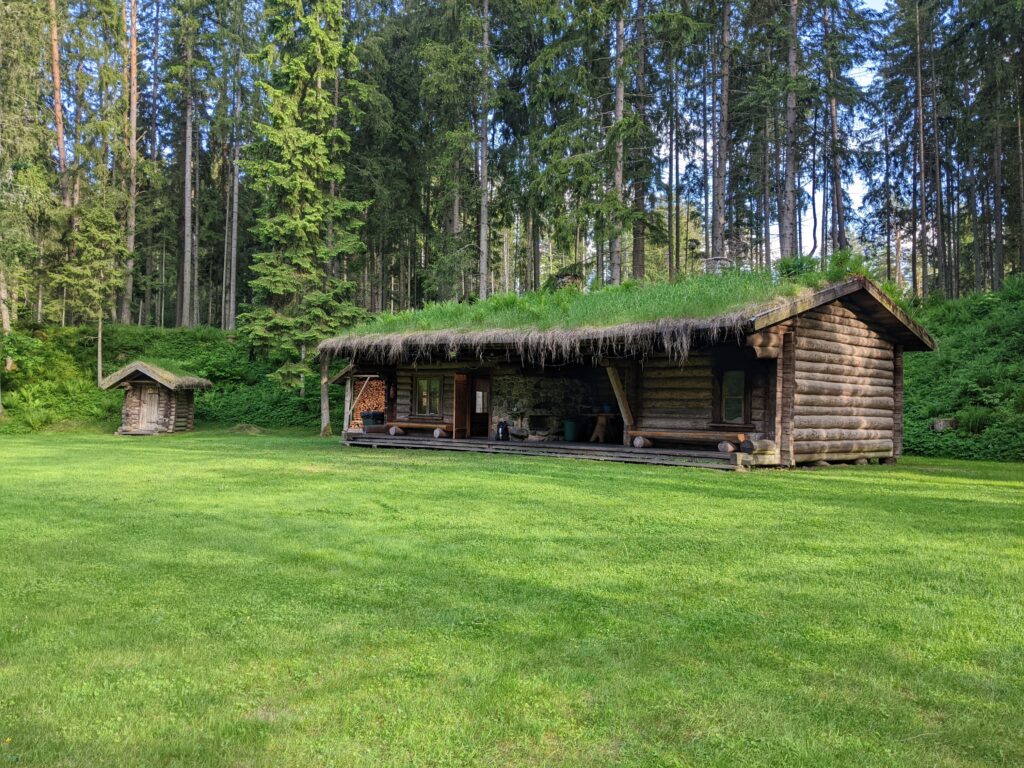A Comprehensive Guide to Choosing the Perfect Outdoor Sauna

How to Find the Best Outdoor Sauna
Owning an outdoor sauna is not just about luxury—it’s a commitment to relaxation, health, and overall well-being. Whether you’re looking to improve circulation, reduce stress, or simply create a personal retreat in your backyard, a sauna can transform your lifestyle. However, selecting the right sauna requires thoughtful consideration of various factors such as type, size, style, budget, and materials. Let’s explore the key points to help you make an informed choice.
Types of Saunas
Saunas come in different types, each offering unique benefits. A wood-burning sauna provides a traditional and natural experience, requiring wood as a heat source. Its rustic charm and independence from electricity make it an excellent choice for off-grid living. Alternatively, electric saunas are designed for convenience and ease of use. They heat up quickly, provide adjustable temperature settings, and are ideal for those with reliable access to electricity. Lastly, tub saunas combine the relaxation of a hot tub with the heat of a sauna, making them perfect for couples or solo users seeking a versatile option.
Dry Saunas vs. Wet Saunas
When selecting a sauna, understanding the difference between dry and wet options is essential. A dry sauna, such as a traditional wood-burning or electric sauna, provides a high-temperature environment with low humidity. The dry heat promotes intense sweating and helps relax muscles, making it a popular choice for those seeking physical recovery and stress relief.
On the other hand, a wet sauna—typically a steam sauna—offers high humidity created by pouring water over hot stones. This environment provides a gentler heat and is especially beneficial for respiratory health and skin hydration. Wet saunas are preferred by individuals who enjoy a moist, steamy atmosphere and the soothing sensation it brings.
The choice between dry and wet saunas ultimately depends on personal preference, health goals, and tolerance for heat and humidity.
Size Considerations
Choosing the right size is essential to ensure your sauna meets your needs. If you plan to use it alone or with a partner, a smaller model will suffice. For families or larger groups, saunas that accommodate 4-6 people or more are a better fit. Location is another critical factor. Whether you’re placing your sauna in a backyard, poolside or on a deck, make sure there is enough space for ventilation, privacy, and easy access. Additionally, confirm whether truck access will be necessary for delivery and installation.
Style of Sauna
The style of your sauna significantly impacts its functionality and aesthetic appeal. Cabin-style saunas are spacious and traditional, making them ideal for families or larger groups. Barrel saunas, with their compact and circular design, offer efficient heat distribution and a unique look. They are particularly suited to smaller spaces.
For a dual relaxation experience, hot tub saunas provide the best of both worlds, combining hot water soaking with sauna heat. If you prefer a sleek and modern design, oval saunas are an excellent option. These saunas often include glass elements, making them a stylish choice for contemporary spaces.
Additional Needs
When planning your sauna, you may want to consider additional features like an integrated changing room or shower room. These additions can enhance convenience, especially for those who plan to integrate the sauna into a broader wellness routine. On the other hand, if these extras aren’t a priority, opting for a simple one-room sauna is a more budget-friendly choice.
Privacy and functionality are also key considerations. Decide whether the sauna will be in a private or shared area and consider features such as windows, glass walls, and overall layout to ensure comfort and usability.
Budget Considerations
Your budget will play a significant role in determining the type of sauna you choose. Preassembled saunas are ready to use and quick to set up, saving time and effort. While they may be more expensive upfront, they offer convenience. For those with construction skills, sauna kits are a cost-effective alternative, allowing for customization to fit your space and preferences.
The overall price of a sauna varies depending on its size, type, and materials. While the initial investment may seem high, the long-term benefits of owning a sauna often justify the cost.
Materials Used in Sauna Construction
The materials used in your sauna can greatly impact its durability and functionality. Traditional wood choices like Cedar, Pine, and Spruce are popular for their unique benefits. Cedar, for instance, is known for its pleasant aroma and resistance to decay, while Pine and Spruce offer durability and excellent temperature regulation.
Thermo-wood is another excellent option. This treated wood has enhanced resistance to moisture, decay, and temperature fluctuations. It’s also a sustainable and energy-efficient choice, making it ideal for long-lasting saunas.
Conclusion
In summary, choosing the perfect outdoor sauna involves:
- Deciding between a wood-burning, electric or tub sauna based on your preferences.
- Understanding the differences between dry saunas (low humidity) and wet saunas (high humidity) to match your desired experience.
- Considering the size and location to ensure it suits your space and usage needs.
- Selecting a style that complements your surroundings and meets your functional requirements.
- Determining your budget and exploring preassembled or DIY options.
- Choosing high-quality materials that suit your particular sauna needs.
Start by listing your needs and wants, and use these to guide your decisions. With thoughtful consideration, you can select a sauna that seamlessly fits your lifestyle while enhancing the beauty of your surroundings.

